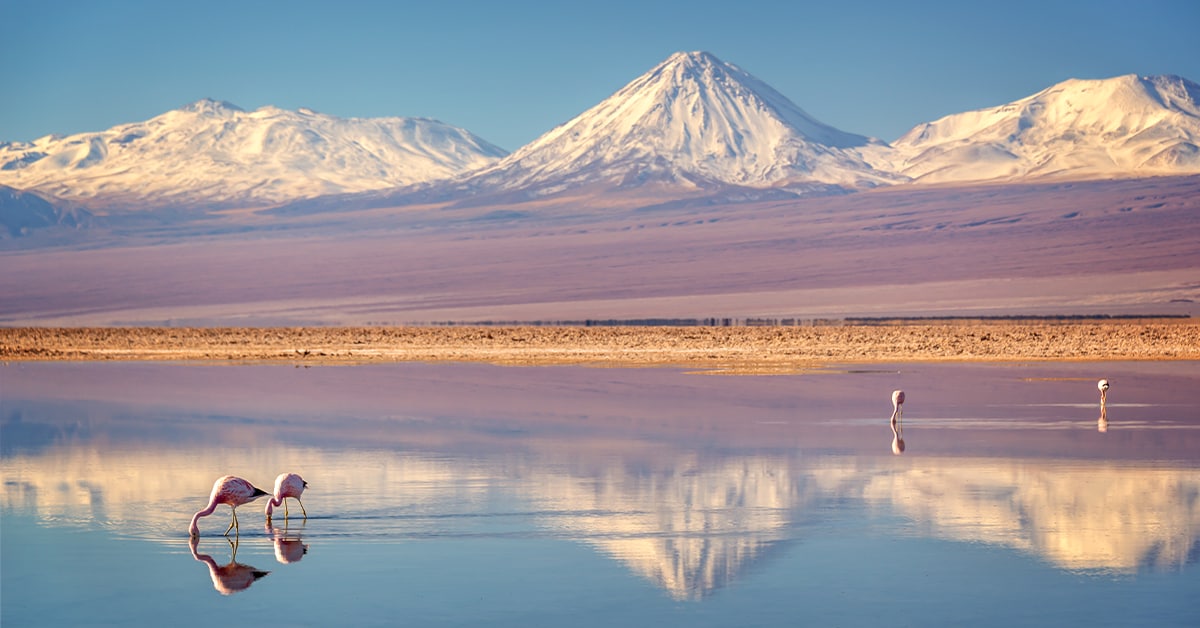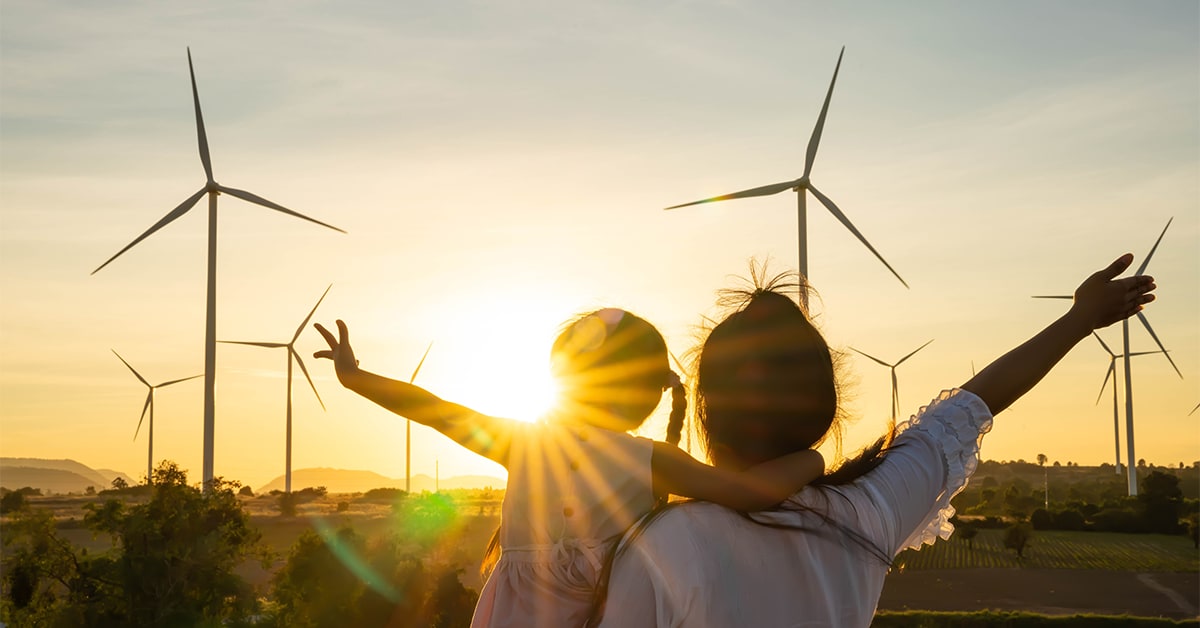Scotiabank is about to see the fruits of an agreement it made with Evolugen, the Canadian renewable energy platform of Brookfield, in 2022, as Evolugen’s Spring Coulee solar facility near Cardston, Alta., begins to supply renewable power to the province’s electricity grid.
Scotiabank will be the sole purchaser of the electricity generated by the project, as part of a virtual power purchase agreement (called a vPPA or PPA), for the power generated by more than 70,000 photovoltaic solar panels over the next 15 years. The project is expected to generate some 70,000 MWh a year of renewable electricity. Evolugen estimates that’s enough to annually power about 9,850 Alberta homes.
Through the agreement with Evolugen, the Bank will meet its target of sourcing 100% emission-free electricity in Canada by 2025. The electricity from the solar farm will be supplied to the provincial energy grid that provides power to Scotiabank’s locations in Alberta.

Photo: Evolugen's Spring Coulee Solar project is located approximately 10 km from Cardston County in southwestern Alberta.
Credit: Evolugen
Beyond the electricity that the Bank’s Alberta locations consume, the remainder of the power the solar project generates is used as an “offset.” What this means is in other locations in Canada where Scotiabank can’t source renewable power for electricity the Bank uses, there is essentially a “credit” for the renewable electricity that was added to the Alberta power grid. In this way, while not every location of the Bank can access the electricity provided by Evolugen’s solar project, the Bank has supported the production of the necessary solar-generated power for the electricity it uses.
“This agreement more than balances the Bank’s greenhouse gases from electricity purchases in Canada,” says Darren Da Silva, Senior Vice President, Real Estate at Scotiabank, whose department is responsible for ensuring the Bank progresses towards its targets for reducing the emissions from its global operations by 2030. “By supporting the development of renewable energy projects to meet the needs of our operations, we are making responsible choices and are addressing our own emissions footprint.”

Source: Evolugen
The electricity Scotiabank uses to operate its retail and office space is the largest source for indirect GHG emissions, Da Silva said. While the Bank does everything it can to improve the energy efficiency of its buildings, it still needs to heat, cool, and light buildings and power computers to serve its clients, he said.
“We want to ensure that what we do to be emissions-free is contributing positively to the goal we all have in society, to do our part by reducing our emissions and meeting our shared goals to address climate change.”
Evolugen Chief Executive Officer Josée Guibord said the appeal of an agreement like this is that “it helps corporations offset their own emissions and be part of their own path to net-zero emissions by adding incremental renewable energy on to the grid.”

Source: Evolugen
Synergy of commitments
Evolugen is a Gatineau, Quebec-based company that owns and operates renewable energy projects and helps companies that are looking for ways to reduce the emissions associated with their power use. Evolugen has grown from operating 12 hydropower facilities in Ontario to now owning 62 renewable energy facilities — 33 hydroelectric facilities, 25 solar sites and four wind farms — with a total installed capacity of 1,954 MW.
“Alberta’s structure offered an opportunity for us to help bring a new renewable power project to the grid as the province migrates off coal-powered electricity generation,” Da Silva said. The province’s abundant sun and wind lend themselves to such projects. Scotiabank would like to replicate the agreement in other markets, he adds, when and where local rules and regulations allow.

Photo: The Spring Coulee solar facility is located on more than 200 acres of previously disturbed cultivated land.
Credit: Evolugen
As Evolugen sees it, projects such as Spring Coulee align with both companies’ Environmental, Social and Governance (ESG) commitments, and not only from an environmental standpoint. The company also has strict procurement and monitoring processes to ensure supply chain and labour standards and provides opportunities for community partnerships in the construction and maintenance of the projects.
“As we as a society go through transition, finding ways to work with partners is going to be critical to being able to support an economy in a way that is emissions-free,” Guibord said.
Related content




